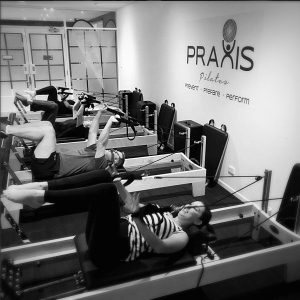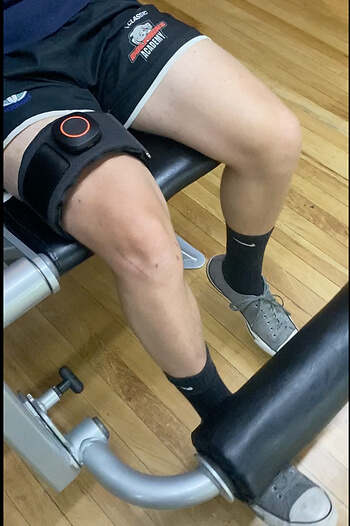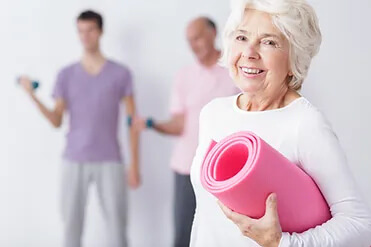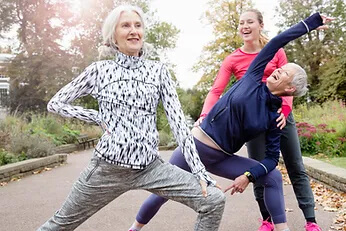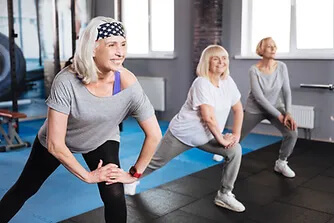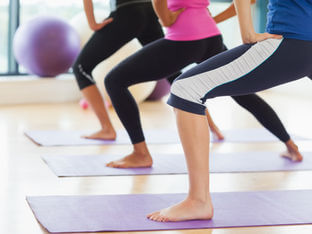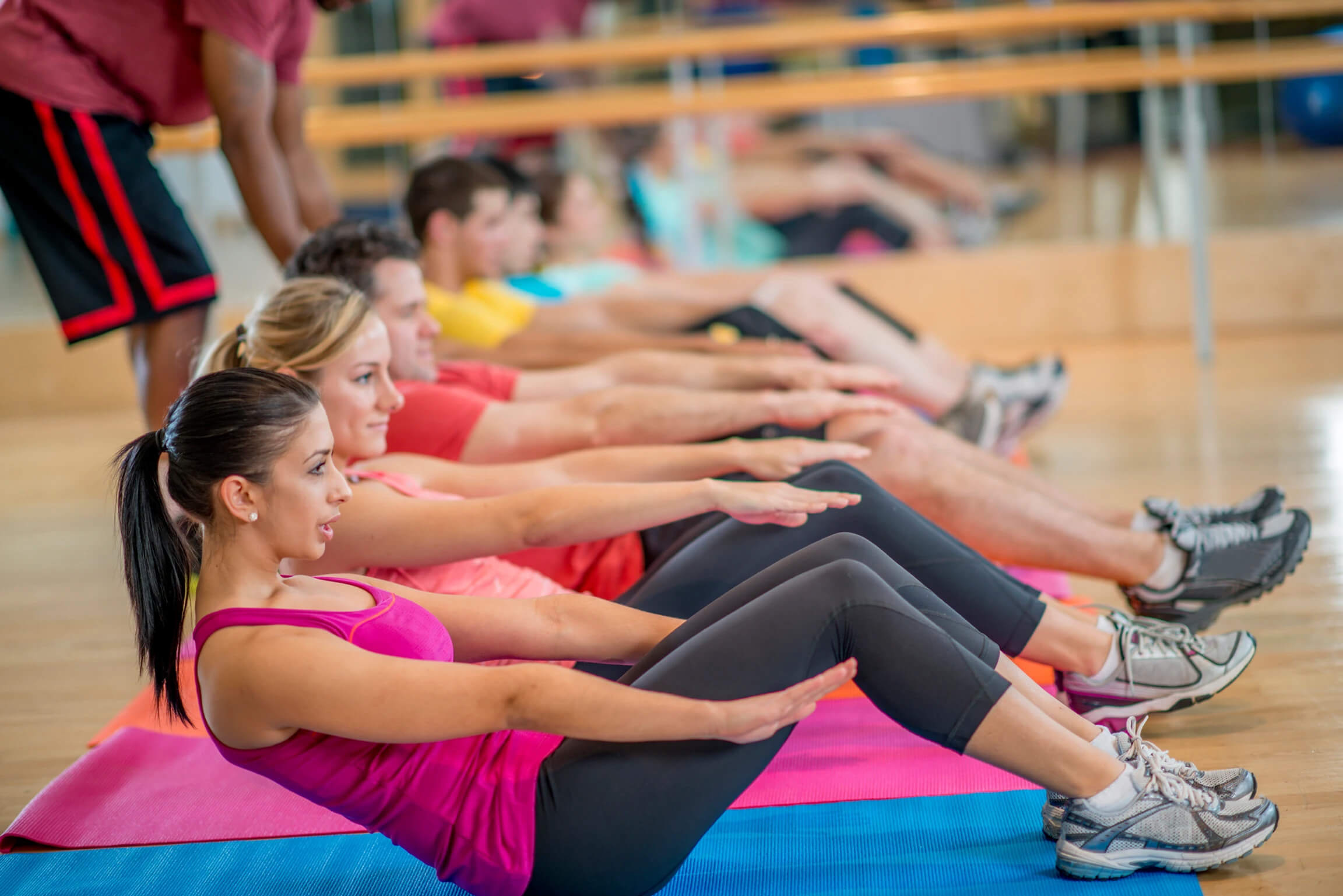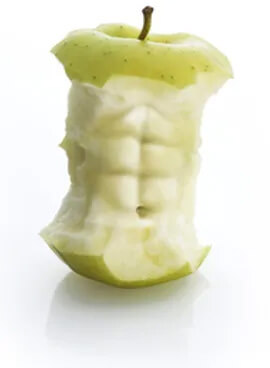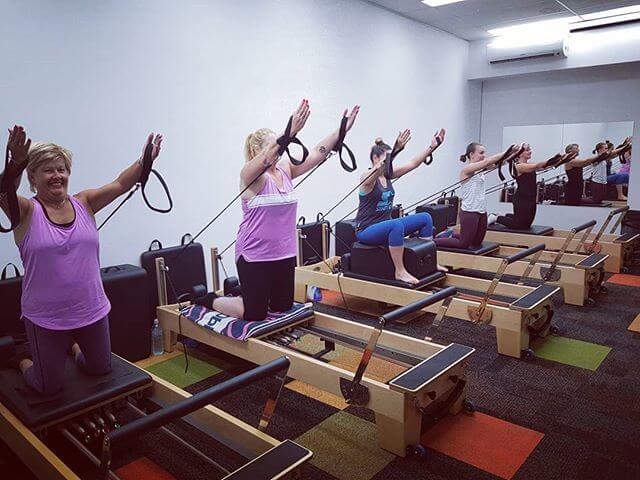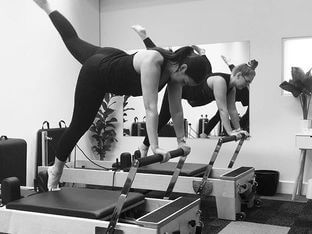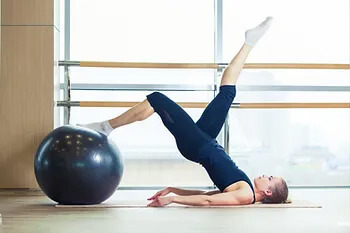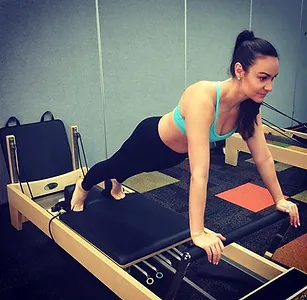
Pilates & Back Pain Rehab (Part 3 of 3): How Much Is Enough?
In the final part of our three-part blog series, we dive into one of the most common questions we’re asked at Praxis Physiotherapy: “How often should I do Pilates for my back pain?”
The short answer? It depends — but more isn’t always better.
What Does the Research Say?
Several studies have explored the ideal frequency of Pilates for managing chronic low back pain and improving quality of life:
A high-quality randomised trial found that two supervised sessions per week resulted in better pain and disability outcomes compared to one session, but three sessions per week didn’t add significant extra benefit (Miyamoto et al., 2018).
A more recent scoping review suggested that the most effective dose was 2–3 Pilates sessions per week, over at least 8–12 weeks, with each session lasting 50–60 minutes (Sivrika et al., 2024).
Other research found that while Pilates is more effective than minimal intervention, its long-term effects are similar to other forms of exercise when it comes to disability reduction (Lim et al., 2011).
Interestingly, even in postmenopausal women with osteoporosis, clinical Pilates performed twice weekly over 12 weeks improved physical performance, bone health, and quality of life (Angın et al., 2015).
In short: Twice a week for 8–12 weeks seems to be the sweet spot — balancing benefit with adherence.
Does That Mean Daily Pilates Is Too Much?
Not necessarily — but more frequent Pilates isn’t always better, especially in early rehab stages. Muscles and tendons need time to adapt, and overtraining can aggravate sensitive tissues.
In most cases, it’s smarter to focus on progressive challenge and good technique, rather than pushing volume too early.
The Praxis Approach
At Praxis, we use Pilates as a physiotherapy-led rehab tool, not just a workout. That means:
Exercises are tailored to your injury, goals, and stage of recovery
We combine matwork and reformer-based Pilates, adapting for pain or functional limitation
Programs scale over time — from pain relief to performance and everything in between
Many of our clients begin with once-weekly sessions, progressing to twice per week as tolerated. We also provide home-based exercises to support consistency without overloading the system.
So, How Often Should You Do Pilates?
Here’s our evidence-informed summary:
Start with 1–2 supervised sessions per week
Add 1–2 home sessions with guidance
Continue for 8–12 weeks, then reassess progress and goals
The most important part? Consistency, not perfection. And making sure every movement has a purpose.
Ready to get started?
Chat to our team at Praxis Physiotherapy — we’ll help tailor a Pilates plan that’s safe, effective, and backed by the latest research.
Until next time, Praxis What You Preach!
References
Angın, E., Erden, Z., & Can, F. (2015). The effects of clinical Pilates exercises on bone mineral density, physical performance and quality of life of women with postmenopausal osteoporosis. Journal of Back and Musculoskeletal Rehabilitation, 28(4), 849–858. https://doi.org/10.3233/BMR-150604
Lim, E. C. W., Poh, R. L. C., Low, A. Y. H., & Wong, W. P. (2011). Effects of Pilates-based exercises on pain and disability in individuals with persistent nonspecific low back pain: a systematic review with meta-analysis. Journal of Orthopaedic & Sports Physical Therapy, 41(2), 70–80. https://doi.org/10.2519/jospt.2011.3307
Miyamoto, G. C., Costa, L. O. P., Cabral, C. M. N., & Costa, L. C. M. (2018). Efficacy of two Pilates exercise programs for patients with chronic low back pain: A randomized controlled trial. Brazilian Journal of Physical Therapy, 22(2), 137–143. https://doi.org/10.1016/j.bjpt.2017.09.004
Sivrika, M., et al. (2024). Different doses of Pilates-based exercise therapy for chronic low back pain: a scoping review. Applied Physiology, Nutrition, and Metabolism, [Ahead of print]. https://doi.org/10.1139/apnm-2021-0462


